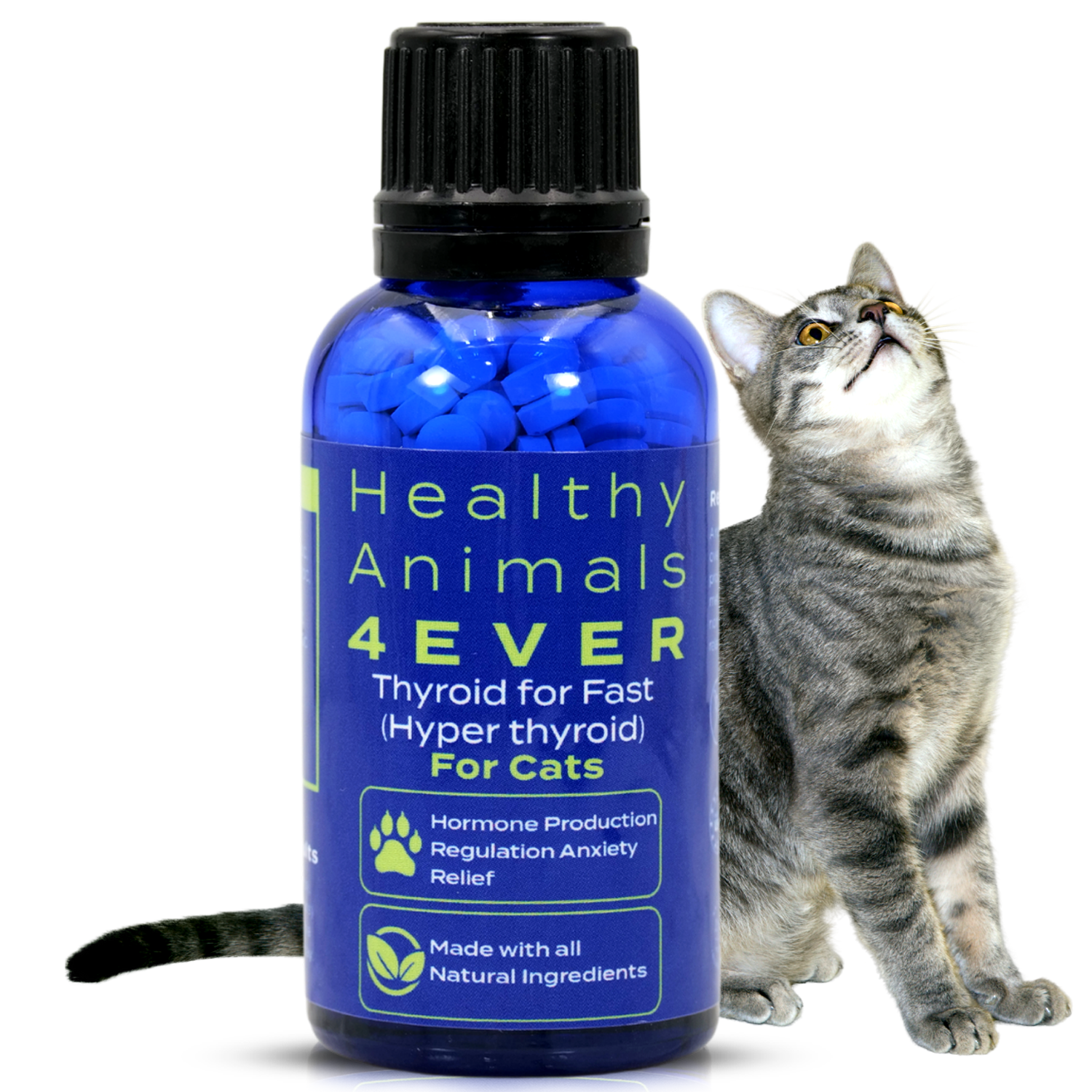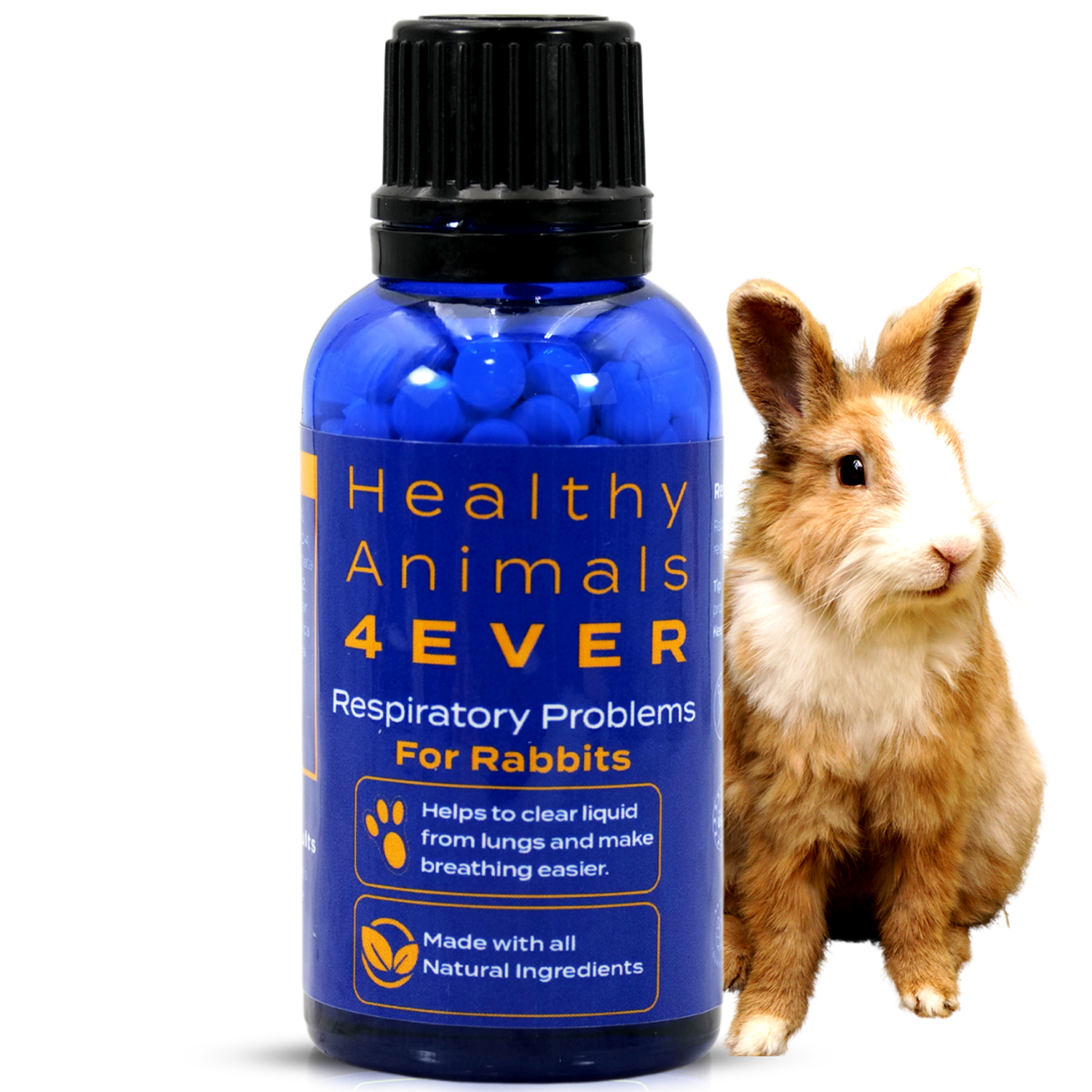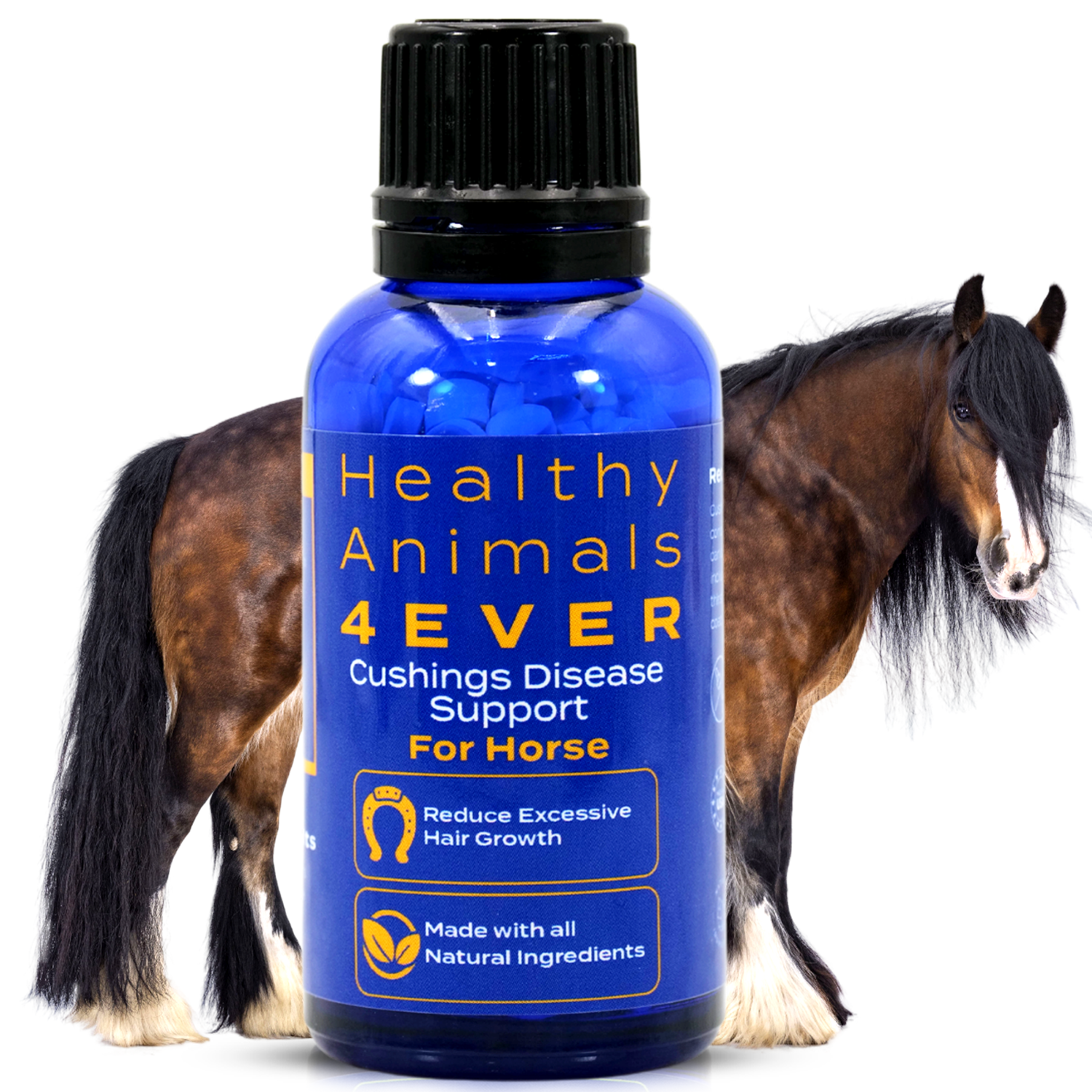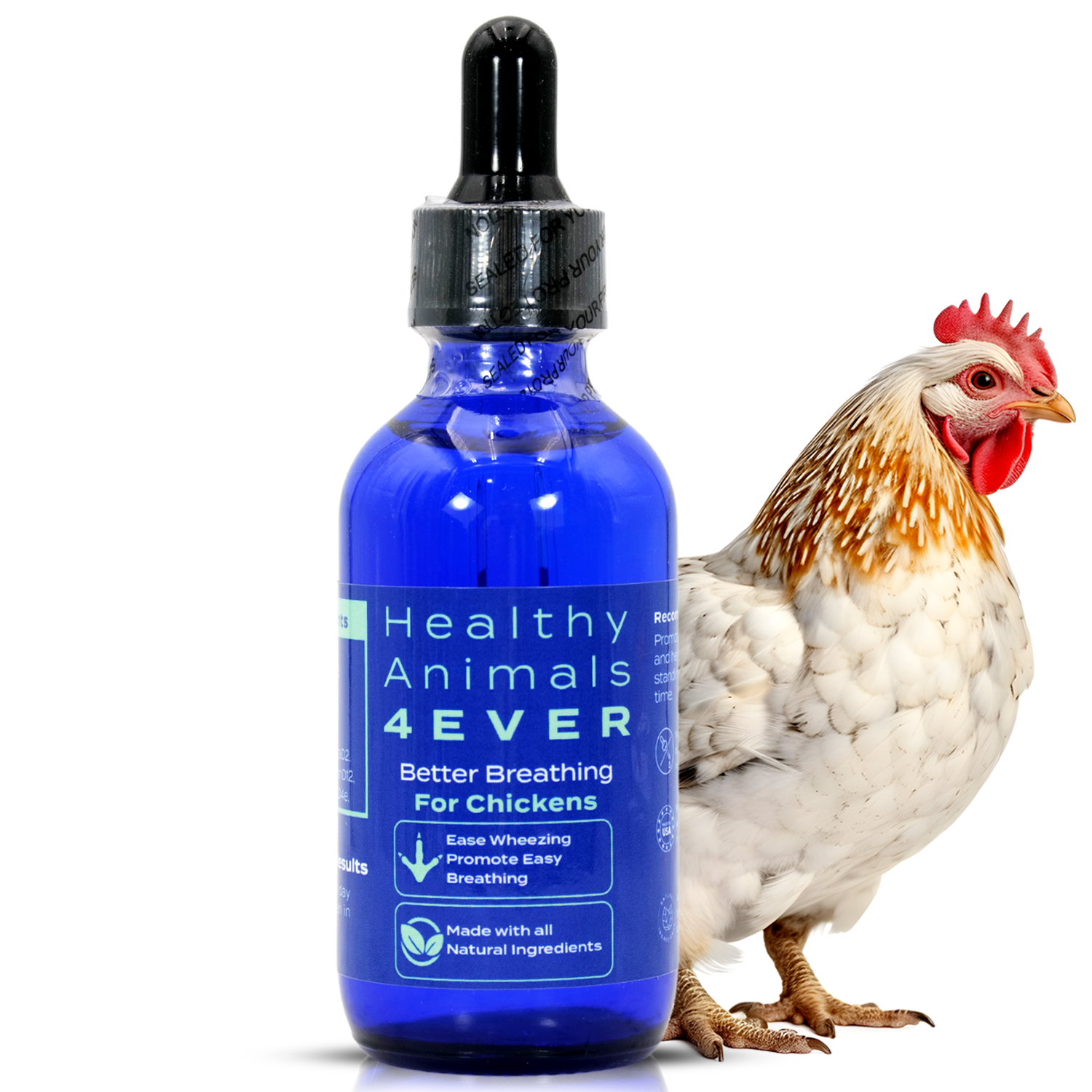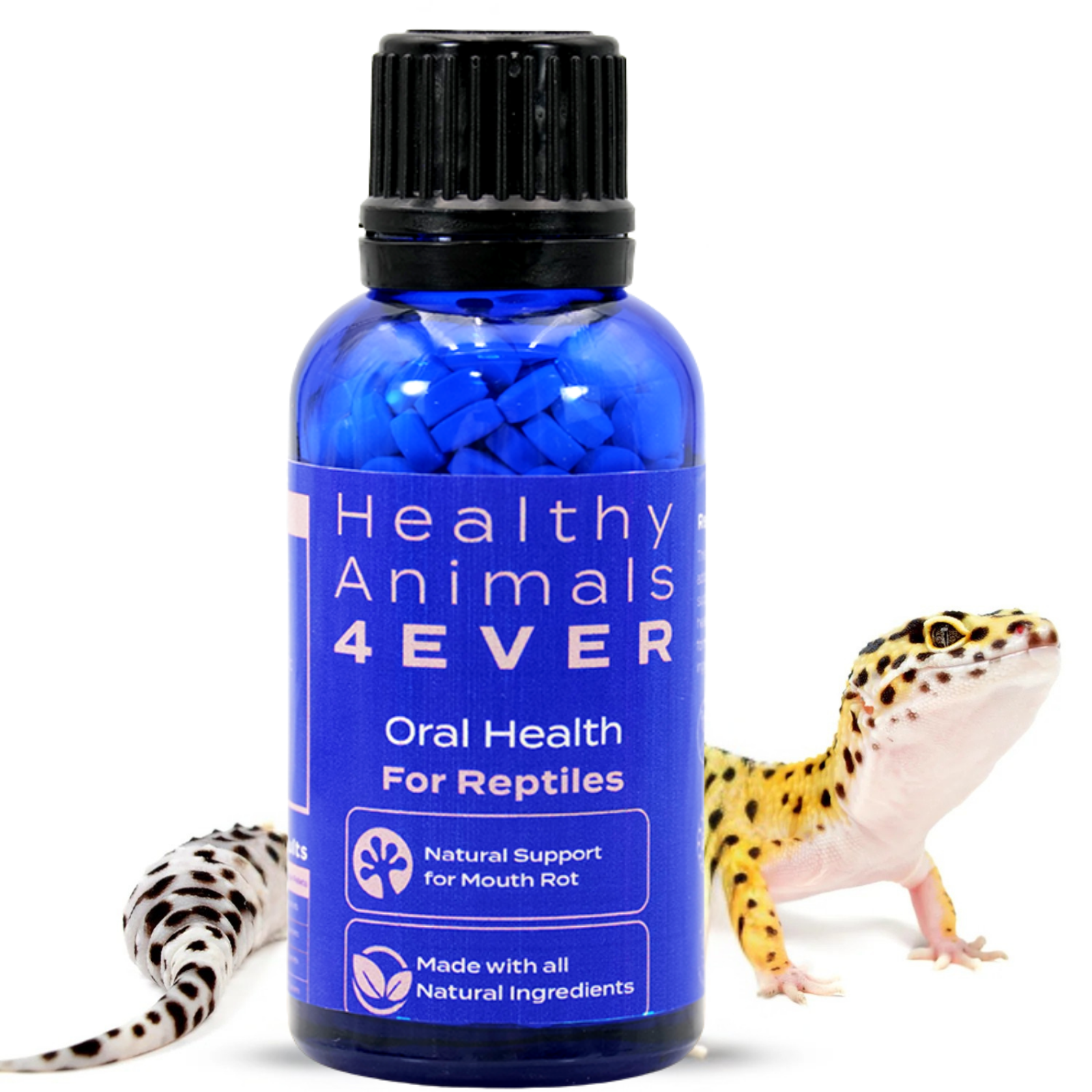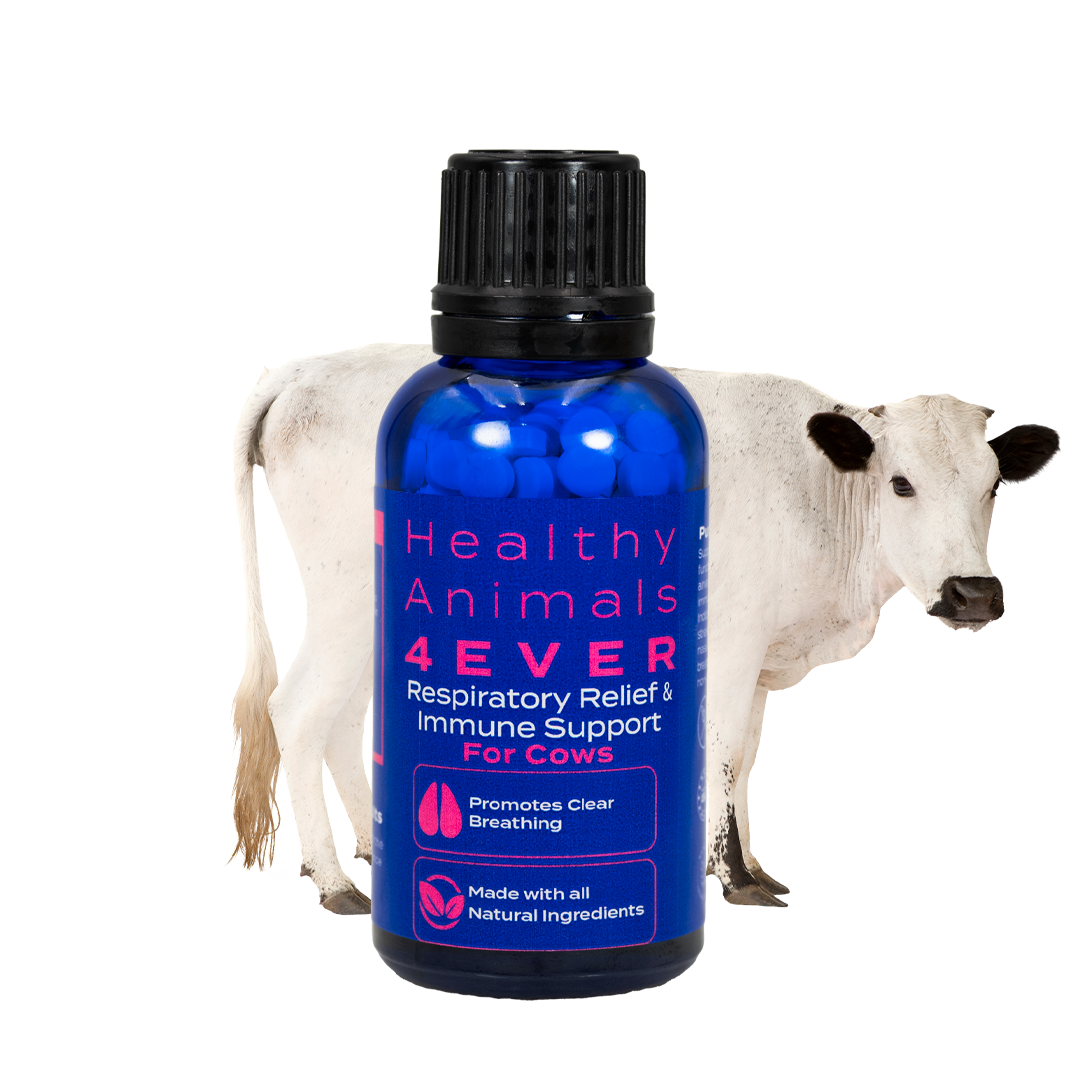Winter Wellness: A Holistic Guide to Pet Care in Cold Months

As the crisp winter air settles in and snow blankets the landscape, it's essential to adjust our routines to ensure the well-being of our furry companions. Just like humans, pets require special care during the colder months. This blog explores holistic winter care tips to keep your pets happy, healthy, and thriving in the winter wonderland.
1. Nutritious dietDuring winter, pets may burn more calories to stay warm. Ensure their diet is well-balanced and nutritious. Add supplements like omega-3 fatty acids to support their skin and coat health. Consult with your vet to tailor their diet to their specific needs.
- Add seasonal fruits and vegetables to your pet's diet to provide essential vitamins and minerals. Sweet potatoes, pumpkin, and carrots are excellent choices, offering a rich source of nutrients and a natural boost to their immune system.
Fortress-metabolic strengthening formula for your cat's metabolic system promotes the healthy functioning of the liver. Natural support for parasite cleansing & may help with die-off symptoms. All-natural formula. Safe and easy to use. (Healthy animals4ever)
- Include sources of omega-3 fatty acids in your pet's diet to combat dry winter skin and promote a glossy coat. Consider adding fish or flaxseed to their meals, ensuring you consult your veterinarian for the appropriate dosage.
- Ensure your pet receives high-quality protein to support their overall health, energy levels, and muscle maintenance. Incorporate lean meats, eggs, and plant-based proteins into their diet for a well-rounded nutritional profile.
- Combat winter dryness by incorporating warm broths into your pet's diet. Not only does this provide additional hydration, but it also entices picky eaters with a delicious and comforting addition to their meals.
- Maintain optimal digestion by including fiber-rich foods in your pet's winter diet. Brown rice, quinoa, and vegetables like broccoli and spinach can provide essential fiber, promoting a healthy gut and preventing constipation.
- Support your pet's digestive health with the inclusion of natural probiotics. Yogurt or kefir with live cultures can introduce beneficial bacteria, promoting a balanced gut microbiome and bolstering their immune system.
- Create homemade treats using wholesome ingredients to ensure your pet enjoys a nutritious and tasty snack. Incorporate ingredients like peanut butter, oats, and shredded carrots for a delightful treat that contributes to their overall well-being.
- Explore the benefits of incorporating immune-boosting herbs into your pet's diet. Herbs such as turmeric, parsley, and ginger have anti-inflammatory properties and can contribute to a stronger immune system.

While decreasing water intake in colder weather might be tempting, hydration is crucial. Dry indoor heating can dehydrate your pets, leading to skin problems. Provide fresh water regularly and consider adding moisture to their diet through wet food or broth.
- Ensure your pets always have access to clean and fresh water. Check their water bowls regularly, as water can freeze in colder temperatures. Consider using heated bowls or changing the water more frequently to prevent freezing.
- During the winter, pets may be less inclined to drink cold water. Providing slightly warm water can be more enticing for them, especially if they are indoors where the temperature is cooler.
All digestive is natural digestive support for dogs. It helps with stomach upset, diarrhea, and gastritis. It aids in restoring digestive balance and your pet's comfort. All-natural formula. Easy to use. (Healthy animals4ever)
- If your pet's diet allows, incorporating wet or moist food into their meals can contribute to their overall water intake. Wet food contains a significant amount of water, helping to keep your pet hydrated.
- Introduce pet-friendly broths into their diet. Low-sodium chicken or beef broth can be added to their food to entice them to drink more. Ensure the broth is warm and free from additives.
- Indoor heating systems can contribute to a drier environment, leading to increased water loss for your pets. Consider using a humidifier to add moisture to the air, benefiting their skin and respiratory health.
- If your pets spend time outdoors, check their water bowls frequently. Ensure the water is not frozen and, if needed, invest in heated outdoor bowls to prevent freezing.
- Some pets enjoy playing with ice cubes. Adding ice cubes to their water bowl or providing them as a treat can be a fun way to keep them entertained while encouraging hydration.
- Ensure good indoor air quality, as dry air can contribute to dehydration. Use pet-safe air purifiers and avoid exposing them to direct heat sources for extended periods.
- If you notice any changes in your pet's water consumption or behavior, consult your veterinarian. They can guide specific hydration needs based on your pet's health, age, and lifestyle.

Create a cozy retreat for your pets indoors. Provide a warm bed away from drafts, and ensure it's elevated to avoid cold floors. For outdoor pets, ensure their shelter is well-insulated, dry, and equipped with blankets or straws for added warmth.
For dogs
Invest in or build an insulated dog house. Ensure it is raised off the ground to prevent cold from penetrating. Insulation can be added using materials like straw or foam boards. Seal any gaps or cracks in the dog house to prevent drafts. Cover the entrance with a weatherproof flap to prevent wind and precipitation while allowing your dog easy access.
Provide warm bedding, such as blankets, hay, or straw. Consider using heated pet mats designed for outdoor use, but ensure they are safe and suitable for your pet. And consider using pet-safe portable heaters for larger outdoor spaces like a garage or barn. Ensure there is proper ventilation to prevent the build-up of carbon monoxide.
Check the shelter regularly for any signs of wear, damage, or leaks. Make necessary repairs promptly to maintain a secure and warm environment.
For Cats
Create a cozy cat shelter using a sturdy, insulated box with a small entrance. Line the interior with foam board or reflective material to retain heat.
Cats love elevated spots. Provide raised perches or platforms in their shelter to keep them off the cold ground. Consider investing in a heated cat bed or pad. These can be placed inside the shelter to provide warmth; many are designed for outdoor use.
Better breathing respiratory support provides lung support for cats. It helps fight the infection to stop coughing at its source. Applicable in cases of asthma and other breathing difficulties. All-natural formula. Non-drowsy relief. Easy to use. (healthy animals4ever)
Position the cat shelter in an area protected from strong winds. Use barriers like tall shrubs or other structures to create a windbreak. Line the shelter with insulating materials like straw or blankets. Avoid materials that can retain moisture and become damp.
4. Protective outerwearShort-haired and smaller breeds and older pets may benefit from a snug-fitting sweater or jacket during walks. This extra layer can provide insulation against the cold and protect them from harsh winds.
Choosing the right protective winter outerwear for your pets involves considering their specific needs, size, and the climate in which you live. Here are some tips to help you make the best choice:
For Dogs
- Take accurate measurements of your dog's neck, chest, and length from the base of the neck to the base of the tail. This ensures the outerwear fits properly without being too tight or restrictive.
- Different breeds have different coat types. Short-haired or smaller breeds may need more insulation, while some dogs with thick fur may not require as much protection.
- Choose outerwear that is both waterproof and windproof. This will keep your dog dry in snowy or rainy conditions and protect them from chilling winds.
- Insulated jackets or coats with a lining provide additional warmth. Look for synthetic or down insulation options to keep your dog cozy in colder temperatures.
- Opt for outerwear with adjustable straps or closures. This allows you to customize the fit for your dog's body shape, ensuring comfort and preventing the outerwear from shifting.
- Consider the coverage the outerwear provides. It should cover your dog's chest, belly, and back adequately. This is especially important for dogs with short fur or those closer to the ground.
- Choose outerwear with reflective elements, especially if you walk your dog in low-light conditions. This enhances visibility and safety during evening walks.
- Look for outerwear that is easy to put on and take off. Items with adjustable closures or those that go over the head and secure around the body are often more convenient.
For Cats
- Choose outerwear specifically designed for cats. Ensure it is the right size and doesn't restrict their movement or cause discomfort. Cats are generally more sensitive to clothing than dogs, so prioritize comfort.
- Opt for lightweight and breathable materials. Cats may be more resistant to clothing, so selecting comfortable fabrics is crucial.
- If the outerwear has straps or closures, make sure they are adjustable to accommodate different body shapes and sizes.
- Cats are known for their agility and flexibility. Avoid outerwear with restrictive designs that may impede their natural movements.
- If your cat is not accustomed to clothing, gradually introduce the outerwear. Allow them to get used to the feel and weight of the fabric before attempting longer wear.
- Watch for signs of stress or discomfort. If your cat seems distressed or is trying to remove the outerwear, consider alternative options or consult your veterinarian.
General Tips
- Some pets may be sensitive or allergic to certain materials. Monitor your pet for any signs of irritation or allergic reactions after wearing the outerwear.
- If your pet has any health conditions or needs, consult your veterinarian before choosing outerwear. They can provide guidance based on your pet's requirements.
- Choose outerwear that is easy to clean. Winter can lead to mud, snow, and salt exposure, so you'll want something easily maintained.
- If your pet spends much time outdoors, consider functionality alongside style. Look for features like hoods, adjustable collars, and leg straps for protection.
Remember, the key is to prioritize your pet's comfort and safety when selecting winter outerwear. By considering their specific needs and the climate you live in, you can keep them warm and protected during the colder months.

Maintaining a regular grooming routine is crucial in winter. Dry winter air can lead to flaky skin, and snow or ice can cause discomfort. Brush your pet regularly to remove loose hair and promote good circulation. Ensure their paws are clean and dry after outdoor excursions.
6. Paw protectionSnow and ice can be harsh on your pet's sensitive paws. Use pet-friendly booties to protect their feet from cold surfaces, ice melt, and potential injuries. After walks, wipe their paws with a warm, damp cloth to remove salt or chemicals.
- Invest in pet booties designed for winter use. These provide a barrier between your pet's paws and the cold ground, protecting them from ice, snow, and salt. Ensure the booties fit snugly but not too tight, and gradually introduce your pet to wearing them.
- Apply a pet-safe paw balm or wax before heading outdoors. These products create a protective barrier on the paw pads, preventing them from drying out, cracking, or becoming irritated. Choose a formula specifically designed for pets to ensure it is safe if licked.
- Keep the hair between your pet's paw pads trimmed. Ice, snow, and salt can accumulate in long hair, leading to discomfort and potential injury. Regularly trim the hair to minimize these risks.
- After walks or outdoor play, wipe your pet's paws with a damp cloth. This helps remove any salt, ice, or chemicals they may have encountered. Pay special attention to the spaces between the paw pads.
- Use pet-friendly ice melt on your property. Traditional ice melt products can harm pets if ingested or if the residue is left on their paws. Opt for products labeled as safe for pets, or use sand or non-toxic alternatives.
- Avoid walking your pets in areas where salt or de-icing agents are heavily used. Clean their paws promptly afterward to minimize exposure if you must walk them in such areas.
- Massage your pet's paw pads with a small amount of coconut oil. This natural moisturizer can help prevent dryness and cracking. Ensure your pet doesn't slip on smooth surfaces after application.
Cold weather doesn't mean skipping exercise. Engage your pets in indoor activities to keep them active. Interactive toys, laser pointers, and even a game of fetch in a spacious room can provide the physical and mental stimulation they need.
8. Natural remediesExplore holistic remedies to address common winter issues. Always consult with your vet before introducing new remedies.
- Coconut oil
Winter's dry air can affect your pet's skin and coat. Incorporate coconut oil into their diet to provide essential fatty acids. This natural remedy supports skin health and promotes a glossy and well-nourished coat.
- Chamomile tea for calming baths
Add a weak chamomile tea solution to the water if your pet enjoys baths. Chamomile has calming properties that can soothe irritated skin and provide a relaxing experience for your pet.
Ear, nose, and throat is a natural ear, nose, and throat remedy for all dogs. It provides natural support for pain and discomfort & helps restore naturally present good bacteria for your dog's comfort. All-natural formula. Easy to use. (Healthy animals4ever)
- Hydrating broths
Encourage hydration by incorporating warm, low-sodium broths into your pet's meals. Not only does this add flavor to their food, but it also provides essential nutrients and helps keep them well-hydrated during the winter months.
- Eucalyptus oil
A diffuser with a few drops of eucalyptus oil can offer natural decongestant properties for pets prone to respiratory issues in cold weather. Ensure proper ventilation and monitor your pet's comfort.
- Herbal teas
Explore herbal teas with immune-boosting properties. Teas containing ingredients like echinacea or calendula can support your pets' natural immune system.
- Salmon oil
Combat stiffness and support joint health by adding salmon oil to your pet's diet. Rich in omega-3 fatty acids, this natural remedy helps reduce inflammation and promotes overall joint well-being.
- Pumpkin puree
If your pet experiences digestive issues, adding a small amount of plain pumpkin puree to their meals can provide a natural source of fiber. This helps regulate digestion and prevents constipation.
- Aloe vera
Protect your pet's paws from winter's harsh elements by applying a thin layer of pure aloe vera gel. This natural remedy helps soothe and moisturize their paw pads, preventing dryness and cracking.
- Ginger treats
If your pet experiences nausea, consider ginger treats. Ginger has natural anti-nausea properties and can be a soothing addition to their winter diet.
9. Veterinary checkupWinter is an excellent time for a thorough vet checkup. Discuss any concerns about arthritis, joint health, or potential winter-related issues. Ensure vaccinations are up-to-date, and ask for personalized advice based on your pet's age, breed, and health status.
The Bottom Line
By embracing holistic winter care practices, you can ensure your pets remain happy and healthy throughout the colder months. From a nourishing diet to protective outerwear, these tips will help you create a winter haven for your beloved companions. Remember, extra care goes a long way in making this season enjoyable for you and your furry friends.




